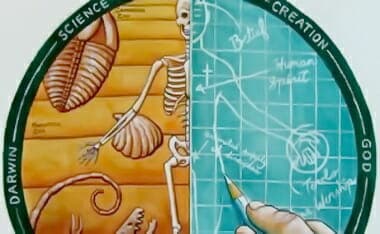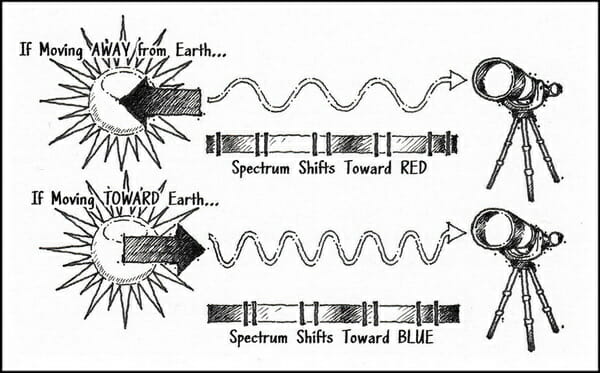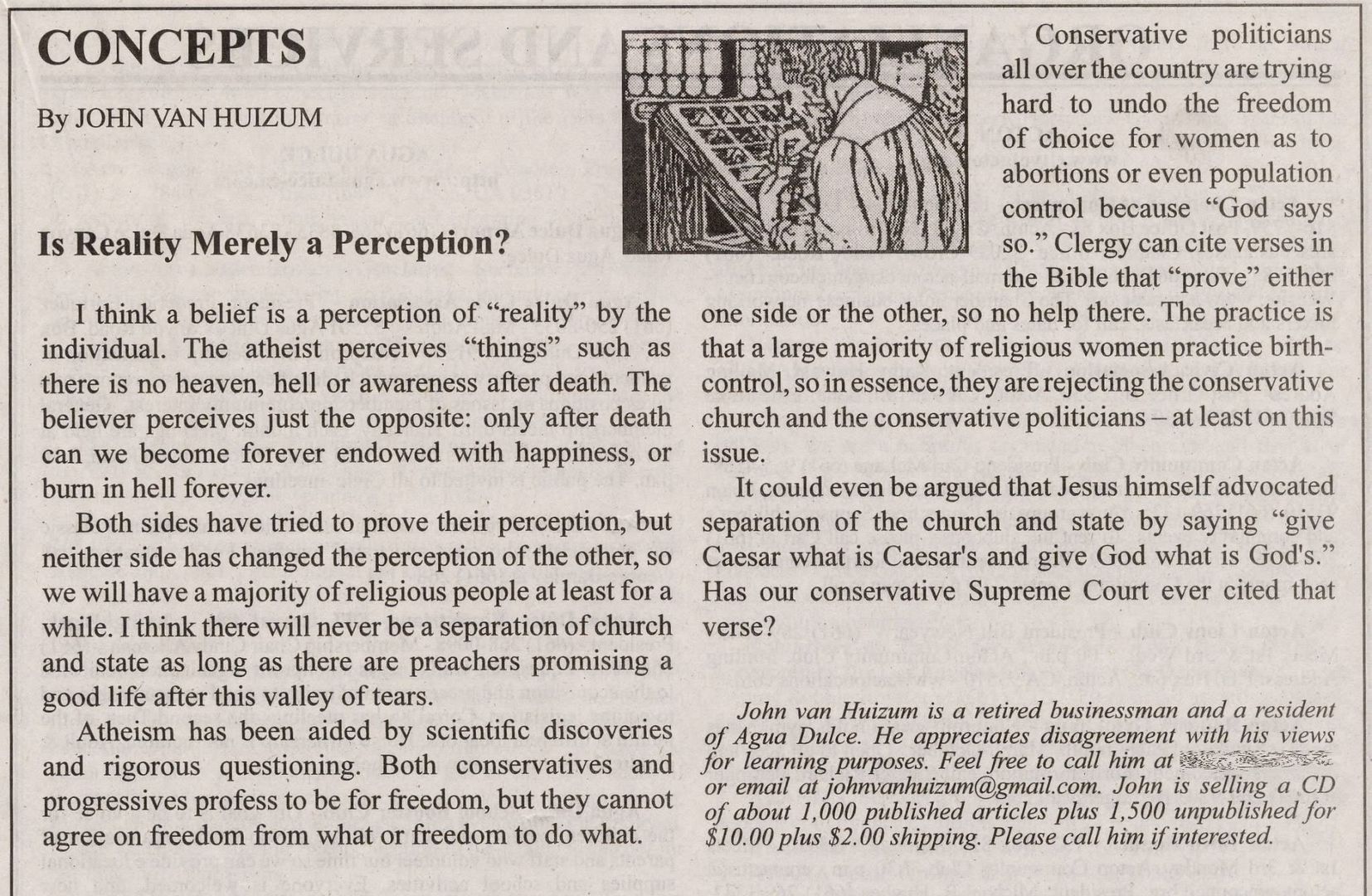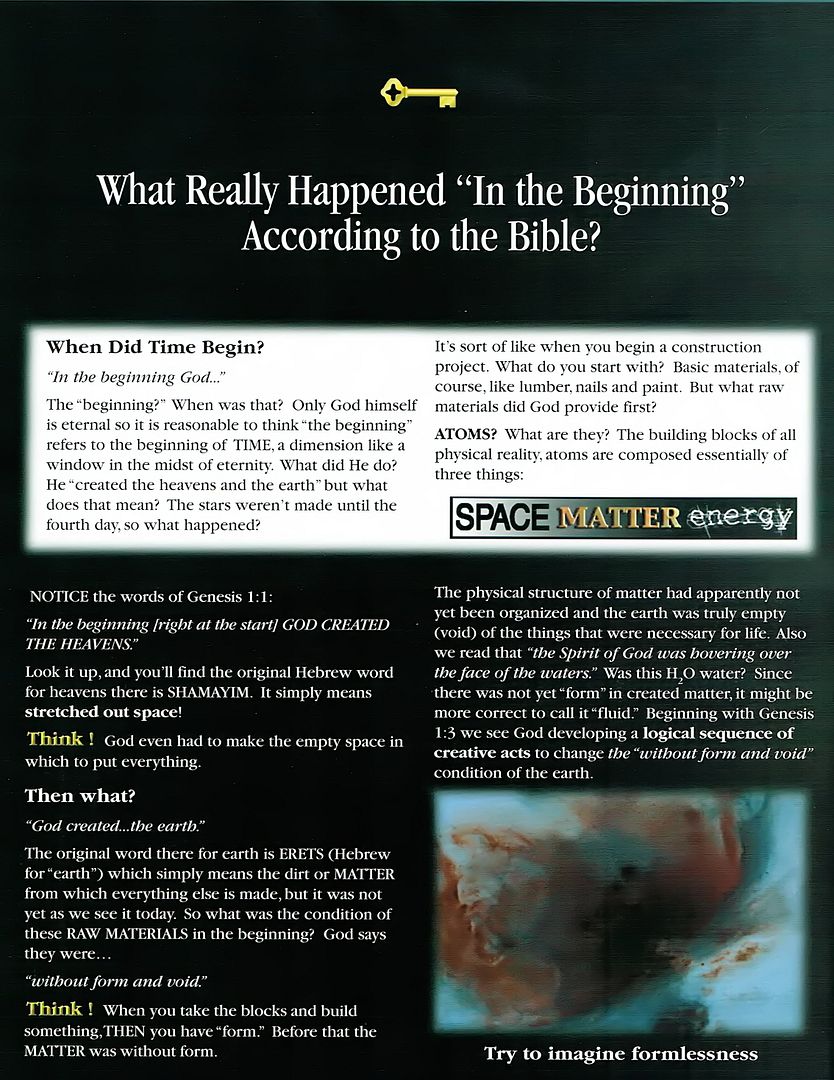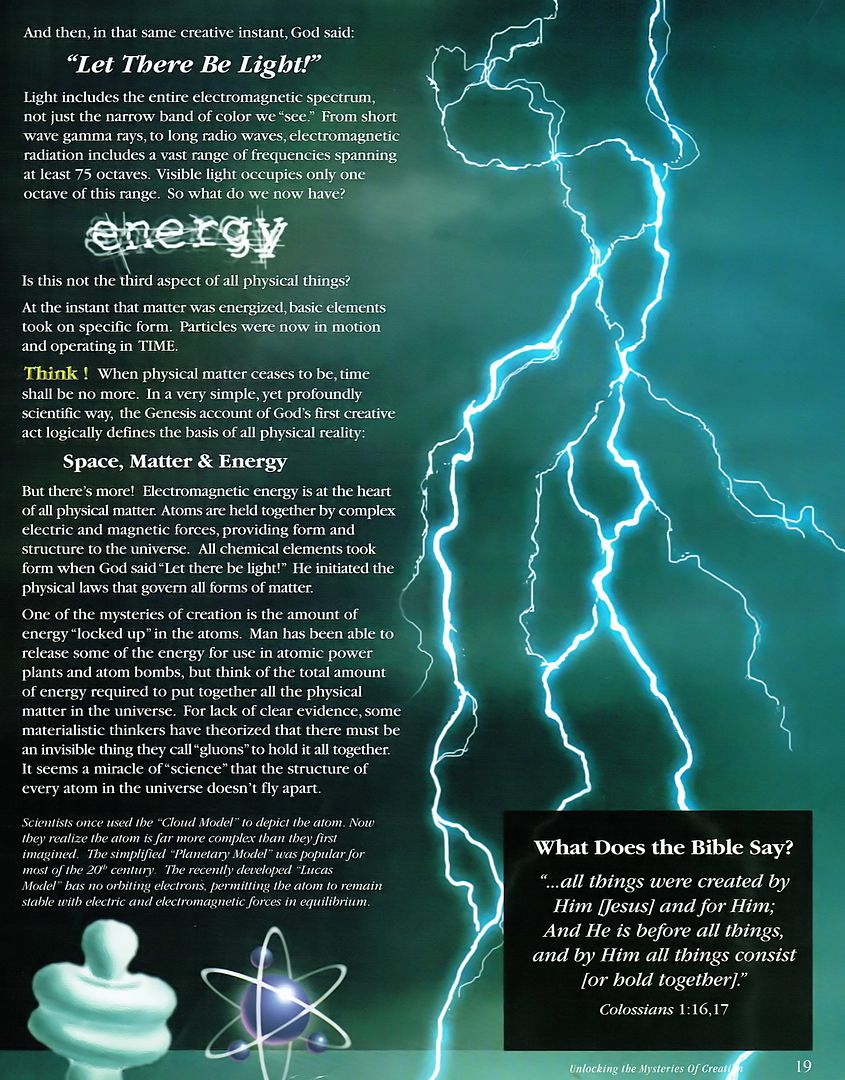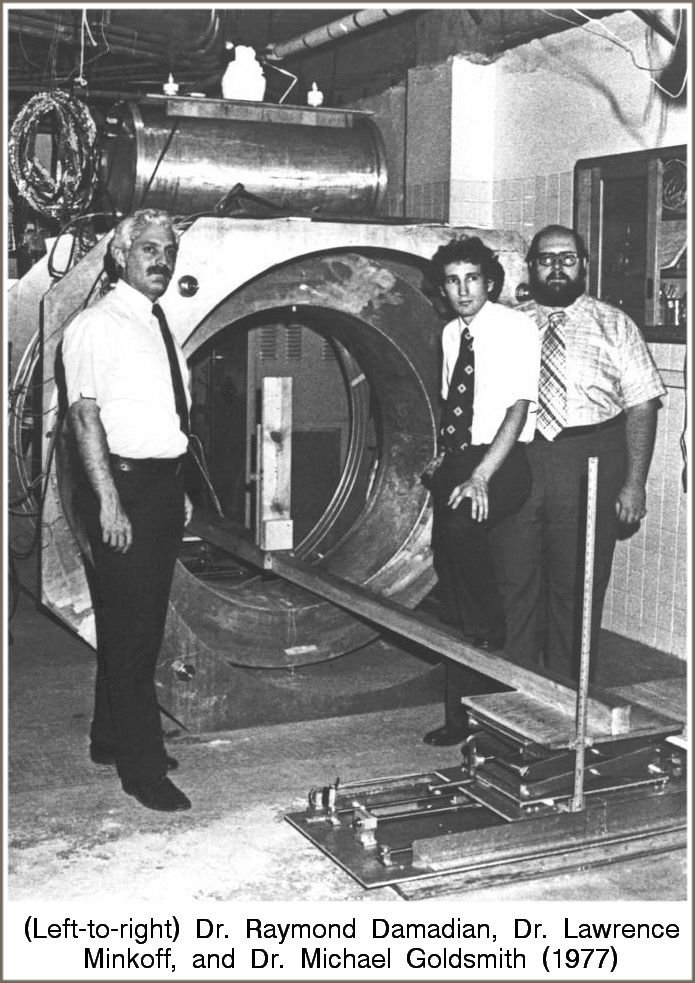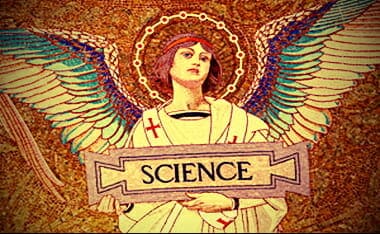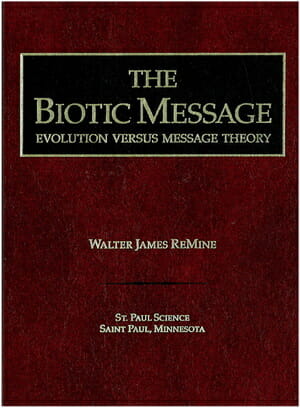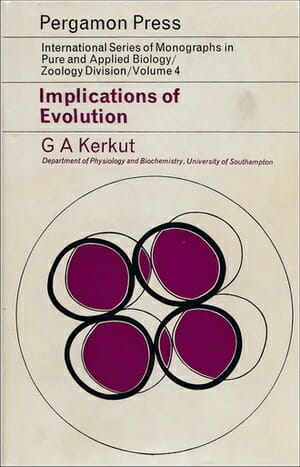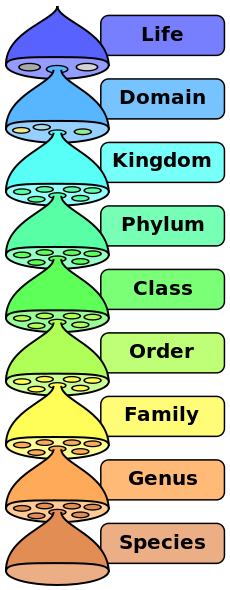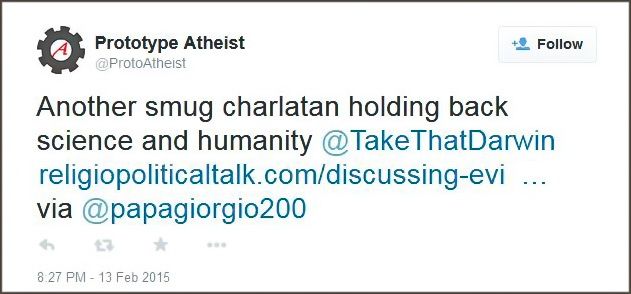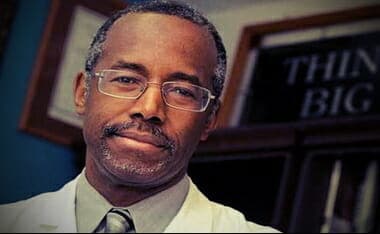(Originally Posted December of 2015)
Please see “Theistic Implications of Big-Bang Cosmology“ for more on this topic.
- The editor of the prestigious weekly science periodical, Nature, John Maddox, wrote an editorial entitled, “Down with the Big Bang,” where he hoped for the downfall of the Big Bang model, because in it, he found it to be “philosophically unacceptable,” quote: “Apart from being philosophically unacceptable, the Big-Bang is an over-simple view of how the Universe began, and it is unlikely to survive the decade ahead.” ~ Maddox, J. 1989. Down with the Big Bang. Nature 340: 425.
- Physicist Hubert Reeves remarked that the Big Bang “involves a certain metaphysical aspect which may be either appealing or revolting” ~ Reeves, H., Andouze, J., Fowler, W. A., and Schramm, D. N. 1973. On the Origin of the Light Elements. Astrophysical Journal 179: 912.
- Cosmologist Christopher Isham: “Perhaps the best argument in favor of the thesis that the Big Bang supports theism is the obvious unease with which it is greeted by some atheist physicists. At times this has led to scientific ideas, such as continuous creation [steady state] or an oscillating universe, being advanced with a tenacity which so exceeds their intrinsic worth that one can only suspect the operation of psychological forces lying very much deeper than the usual academic desire of a theorist to support his/her theory.” ~ Isham, C. 1988. “Creation of the Universe as a Quantum Process,” in Physics, Philosophy, and Theology, A Common Quest for Understanding, eds. R. J. Russell, W. R. Stoeger, and G. V. Coyne, Vatican City State: Vatican Observatory, p. 378.
(SOURCE — see the previous slide as well)
- “The biggest problem with the Big Bang theory of the origin of the universe is philosophical–perhaps even theological–what was there before the bang? This problem alone was sufficient to give a great initial impetus to the Steady State theory; but with that theory now sadly in conflict with the observations, the best way round this initial difficulty is provided by a model in which the universe expands from a singularity, collapses back again, and repeats the cycle indefinitely” (John Gribbin, “Oscillating Universe Bounces Back,” Nature 259 [1976]: 15).
(SOURCE)
Lee Strobel does a great job in relaying the evidence that we live in a finite cosmos and not an infinite one in his discussion with Dr. William Lane Craig [I added J. Warner Wallace as well to this presentation]:
When Albert Einstein developed his general theory of relativity in 1915 and started applying it to the universe as a whole, he was shocked to discover it didn’t allow for a static universe. According to his equations, the universe should either be exploding or imploding. In order to make the universe static, he had to FUDGE his equations by putting in a factor that would hold the universe steady.
In the 1920’s, the Russian mathematician Alexander Friedman and the Belgium astronomer George Lemaitre were able to develop models based on Einstein’s theory. They predicted the universe was expanding. Of course, this meant that if you went backward in time, the universe would go back to a single origin before which it didn’t exist. Astronomer Fred Hoyle derisively called this the Big Bang — and the name stuck! [Later in his career, Fred Hoyle confirmed the expansion through work on the second most plentiful element in the universe, helium.]
Starting in the 1920’s, scientists began to find empirical evidence that supported these purely mathematical models.
LET US TAKE A QUICK BREAK from this excerpt to fill in some information from another excerpt, and then we will continue: As mathematicians explored the theoretical evidence, astronomers began to make observations confirming the expansion of the universe. Vesto Slipher, an American astronomer working at the Lowell Observatory. in Flagstaff, Arizona, spent nearly ten years perfecting his understanding of spectrograph readings. His observations revealed something remarkable. If a distant object was moving toward Earth, its observable spectrograph colors shifted toward the blue end of the spectrum. If a distant object was moving away from Earth, its colors shifted toward the red end of the spectrum. Slipher identified several nebulae and observed a redshift in their spectrographic colors. If these nebulae were moving away from our galaxy (and one another), as Slipher observed, they must have once been tightly clustered together. In 1914, he offered these findings at a meeting of the American Astronomical Society, proposing them as evidence the universe was expanding. A graduate student named Edwin Hubble seas in attendance and realized the implications of Slipher’s work. Hubble later began working at the Mount Wilson Observatory in Los Angeles. Using the Hooker telescope, he eventually proved Slipher’s nebulae were actually galaxies beyond the Milky Way composed of billions of stars. By 1929, Hubble published findings of his own, verifying Slipher’s observations and demonstrating the speed at which a star or galaxy moves away from us increases with its distance from Earth. This once again confirmed the expansion of the universe. …CONTINUING… For instance, in 1929, the American astronomer Edwin Hubble discovered that the light coming to us from distant galaxies appears redder than it should be, and this is a universal feature of galaxies in all parts of the sky. Hubble explained this red shift as being due to the fact that the galaxies are moving away from us. He concluded that the universe is literally flying apart at enormous velocities. Hubble’s astronomical observations were the first empirical confirmation of the predictions by Friedman and Lemaitre. Then in the 1940’s, George Gamow predicted that if the Big Bang really happened, then the background temperature of the universe should be just a few degrees above absolute zero. He said this would be a relic from a very early stage of the universe. Sure enough, in 1965, two scientists accidentally discovered the universe’s background radiation — and it was only about 3.7 degrees above absolute zero. There’s no explanation for this apart from the fact that it is a vestige of a very early and a very dense state of the universe, which was predicted by the Big Bang model. The third main piece of the evidence for the Big Bang is the origin of light elements. Heavy elements, like carbon and iron, are synthesized in the interior of stars and then exploded through supernova into space. But the very, very light elements, like deuterium and helium, cannot have been synthesized in the interior of the stars, because you would need an even more powerful furnace to create them. These elements must have been forged in the furnace of the Big Bang itself at temperatures that were billions of degrees. There’s no other explanation. So predictions about the Big Bang have been consistently verified by the scientific data. Moreover, they have been corroborated by the failure of every attempt to falsify them by alternative models. Unquestionably, the Big Bang model has impressive scientific credentials… Up to this time, it was taken for granted that the universe as a whole was a static, eternally existing object…. At the time an agnostic, American astronomer Robert Jastrow was forced to concede that although details may differ, “the essential element in the astronomical and Biblical accounts of Genesis is the same; the chain of events leading to man commenced suddenly and sharply, at a definite moment in time, in a flash of light and energy”…. Einstein admitted the idea of the expanding universe “irritates me” (presumably, said one prominent scientist, “because of its theological implications”)
This should be put in bullet points for easy memorization:
- Albert Einstein developed his general theory of relativity in 1915;
- Around the same time evidence of an expanding universe was being presented to the American Astronomical Society by Vesto Slipher;
- In the 1920s using Einstein’s theory, a Russian mathematician (Alexander Friedman) and the Belgium astronomer (George Lemaitre) predicted the universe was expanding;
- In 1929, Hubble discovered evidence confirming earlier work on the Red-Light shift showing that galaxies are moving away from us;
- In the 1940’s, George Gamow predicted a particular temperature to the universe if the Big Bang happened;
- In 1965, two scientists (Arno Penzias and Robert Woodrow Wilson) discovered the universe’s background radiation — and it was only about 3.7 degrees above absolute zero.
“In speaking of the fear of religion, I don’t mean to refer to the entirely reasonable hostility toward certain established religions and religious institutions, in virtue of their objectionable moral doctrines, social policies, and political influence. Nor am I referring to the association of many religious beliefs with superstition and the acceptance of evident empirical falsehoods. I am talking about something much deeper–namely, the fear of religion itself. I speak from experience, being strongly subject to this fear myself: I want atheism to be true and am made uneasy by the fact that some of the most intelligent and well-informed people I know are religious believers.
I want atheism to be true and am made uneasy by the fact that some of the most intelligent and well-informed people I know are religious believers. It isn’t just that I don’t believe in God and, naturally, hope that I’m right in my belief. It’s that I hope there is no God! I don’t want there to be a God; I don’t want the universe to be like that.”
In this extended conversation released as part of the Science Uprising series, best-selling author Stephen Meyer discusses the big bang, whether you can have an expanding universe without a beginning, and the most common ways scientists have tried to avoid a beginning to the universe. Along the way, Meyer addresses the ideas of Albert Einstein, Stephen Hawking, Edwin Hubble, Lawrence Krauss, Sean Carroll, and more.
Here I will post a portion of a response to a local author on the issue that part of the above was likewise used:
(You can click top enlarge)
Here are just two (of the many examples I can provide) of an atheist and an agnostic commenting on the above evidence:
➤ “The essential element in the astronomical and biblical accounts of Genesis is the same; the chain of events leading to man commenced suddenly and sharply, at a definite moment in time, in a flash of light and energy…. The Hubble Law is one of the great discoveries in science; it is one of the main supports of the scientific story of Genesis.”
>> Robert Jastrow: American astronomer and physicist. Founding director of NASA’s Goddard Institute for Space Studies, he is the director of the Mount Wilson Institute and Hale Solar Laboratory. He is also the author of Red Giants and White Dwarfs (1967) and God and the Astronomers (2nd ed., 2000).
➤ “Certainly there was something that set it all off. Certainly, if you are religious, I can’t think of a better theory of the origin of the universe to match with Genesis.”
>> Robert Wilson: is an American astronomer, 1978 Nobel laureate in physics, who with Arno Allan Penzias discovered in 1964 the cosmic microwave background radiation (CMB)…. While working on a new type of antenna at Bell Labs in Holmdel Township, New Jersey, they found a source of noise in the atmosphere that they could not explain. After removing all potential sources of noise, including pigeon droppings on the antenna, the noise was finally identified as CMB, which served as important corroboration of the Big Bang theory.
The previous well accepted model was the Steady State theory… and this was accepted without a single piece of experimental verification; its appeal was purely metaphysical [footnote #21]:
- As Jaki points out, Hoyle and his colleagues were inspired by “openly anti-theological, or rather anti-Christian motivations” (Stanley L. Jaki, Science and Creation [Edinburgh: Scottish Academic Press, 1974), p. 347. Martin Rees recalls his mentor Dennis Sciama’s dogged commitment to the Steady State Model: “For him, as for its inventors, it had a deep philosophical appeal–the universe existed, from everlasting to everlasting, in a uniquely self-consistent state. When conflicting evidence emerged, Sciama therefore sought a loophole (even an unlikely seeming one) rather as a defense lawyer clutches at any argument to rebut the prosecution case” (Martin Rees, Before the Beginning, with a Foreword by Stephen Hawking [Reading, Mass.: Addison-Wesley, 1997], p. 41). The phrase “from everlasting to everlasting” is the Psalmist’s description of God (Ps. 90.2). Rees gives a good account of the discoveries leading to the demise of the Steady State Model.
Some more evidence to support the theistic position in the Big-Bang:
- Stephen Joseph Willams, What Your Atheist Professor Doesn’t Know (But Should) — CreateSpace Independent Publishing Platform (May 23, 2013)
Dr. George Smoot, Particle Physicist, Nobel Prize winner, and team leader from the Lawrence-Berkeley Laboratory, regarding the 1992 observations from COBE (the NASA satellite Cosmic Background Explorer): “It’s like looking at God.”(8)
A somewhat more “sober” assessment of the findings was given by Frederick Burnham, a science-historian. He said, “These findings, now available, make the idea that God created the universe a more respectable hypothesis today than at any time in the last 100 years.”(9)
Dr. Stephen Hawking (Theoretical Physicist) described the big bang ripples observations as “the scientific discovery of the century, if not all time.”(10)
Dr. George Greenstein (Professor of Astronomy at Amherst.): “As we survey all the evidence, the thought insistently arises that some supernatural agency – or, rather, Agency – must be involved. Is it possible that suddenly, without intending to, we have stumbled upon scientific proof of the existence of a Supreme Being? Was it God who stepped in and so providentially crafted the cosmos for our benefit?”(11)
Sir Arthur Eddington (British Astrophysicist): “The idea of a universal mind or Logos would be, I think, a fairly plausible inference from the present state of scientific theory.”(12)
Dr. Arno Penzias (Nobel Prize winner in physics, co-discoverer of the microwave background radiation from the Big Bang): “Astronomy leads us to a unique event, a universe which was created out of nothing, one with the very delicate balance needed to provide exactly the conditions required to permit life, and one which has an underlying (one might say ‘supernatural’) plan.”(13)
Sir Roger Penrose (Physicist, Emeritus Rouse Ball Professor of Mathematics at the Mathematical Institute, University of Oxford, and joint developer of the Hawking-Penrose Theorems): “I would say the universe has a purpose. It’s not there just somehow by chance.”(14)
Dr. Robert Jastrow (Founding director of NASA’s Goddard Institute for Space Studies): “For the scientist who has lived by his faith in the power of reason, the story ends like a bad dream. He has scaled the mountains of ignorance; he is about to conquer the highest peak; as he pulls himself over the final rock, he is greeted by a band of theologians who have been sitting there for centuries.”(15)
Dr. Frank Tipler (Professor of Math and Physics at Tulane University): “When I began my career as a cosmologist some twenty years ago, I was a convinced atheist. I never in my wildest dreams imagined that one day I would be writing a book purporting to show that the central claims of Judeo-Christian theology are in fact true, that these claims are straightforward deductions of the laws of physics as we now understand them. I have been forced into these conclusions by the inexorable logic of my own special branch of physics.”(16) Tipler since has actually converted to Christianity, resulting in his latest book, The Physics Of Christianity.
Dr. Alexander Polyakov (String Theorist, Princeton): “We know that nature is described by the best of all possible mathematics because God created it.”(17)
Dr. Edward Milne (British Astrophysicist, former Rouse Ball Professor of Mathematics, Oxford): “As to the cause of the Universe, in context of expansion, that is left for the reader to insert, but our picture is incomplete without Him [God].”(18)
Dr. Arthur L. Schawlow (Professor of Physics at Stanford University, 1981 Nobel Prize in physics): “It seems to me that when confronted with the marvels of life and the universe, one must ask why and not just how. The only possible answers are religious…. I find a need for God in the universe and in my own life.”(19)
Dr. Wernher von Braun (German-American Pioneer Rocket Scientist) “I find it as difficult to understand a scientist who does not acknowledge the presence of a superior rationality behind the existence of the universe as it is to comprehend a theologian who would deny the advances of science.”(20)
Dr. Frank Tipler (Professor of Math and Physics at Tulane University): “From the perspective of the latest physical theories, Christianity is not a mere religion, but an experimentally testable science.”(21)
Footnotes for these quotes
8) Thomas H. Maugh, II (April 24, 1992). “Relics of Big Bang, Seen for First Time”. Los Angeles Times: pp. Al, A30.
9) The Los Angeles Times, Saturday 2nd May 1992.
10) Smoot, George, Wrinkles in Time, 2007 edition , cover.
11) Greenstein, G. 1988. The Symbiotic Universe. New York: William Morrow, p.27.
12) Heeren, F. 1995. Show Me God. Wheeling, IL, Searchlight Publications, p. 233.
13) Margenau, H and R.A. Varghese, ed. 1992. Cosmos, Bios, and Theos. La Salle, IL, Open Court, p. 83.
14) Penrose, R. 1992. A Brief History of Time (movie). Burbank, CA, Paramount Pictures, Inc.
15) Jastrow, R. 1978. God and the Astronomers. New York, W.W. Norton, p. 116.
16) Tipler, F.J. 1994. The Physics Of Immortality. New York, Doubleday, Preface.
17) Gannes, S. October 13, 1986. Fortune. p. 57
18) Heeren, F. 1995. Show Me God. Wheeling, IL, Searchlight Publications, p. 166-167.
19) Margenau, H. and R. A. Varghese, eds. Cosmos, Bios, Theos: Scientists Reflect on Science, God, and the Origins of the Universe, Life, and Homo Sapiens (Open Court Pub. Co., La Salle, IL, 1992).
20) McIver, T. 1986. Ancient Tales and Space-Age Myths of Creationist Evangelism. The Skeptical Inquirer 10:258-276.
21) McIver, T. 1986. Ancient Tales and Space-Age Myths of Creationist Evangelism. The Skeptical Inquirer 10:258-276.
So, far from atheism being supported by science, the theistic worldview has been exemplified above all other models of interpretation (perceptions) of reality. Mind you this isn’t “proof” how the naturalist wrongly interprets the empirical method (scientific positivism), but it is a probability that exceeds others. (I suggest taking time, about an hour, and listen to this presentation by William Lane Craig on the evidences for theism over other worldviews.) Here John makes one of his signature jumps from one topic to a completely different one. I sometimes feel — shot in the dark again — he does this with the idea that he is saying something “scientific” and that everyone should credit his knowledge in on this particular topic (which is not the case), and then he brings that “trust” into a completely different topic.
I hope this helps a little bit to those searching for answers. Also, note that many people attack Genesis for light being created BEFORE the sun and stars. Here is a great look at what was most likely (according to physicists) in this event. LIGHT is ENERGY:
Two Recent Discoveries Confirm Einstein
Two recent discoveries support for the beginning of the universe (the Big-Bang) and General Relativity. This adds an almost unassailable position of creation ex nihilo as well as more evidence against multiverses… which have no evidence.
GRAVITY WAVES:
BINARY PULSAR:
Binary Pulsar Affirms General Relativity and Cosmic Creation Event
The most rigorous and compelling proof that the universe was created by an Agent that transcends space and time comes from the theory of general relativity. The best confirmation that general relativity is a true theory comes from measurements on the binary pulsar B1913+16. Thanks to a new study, that best confirmation has now become even better.
Astronomers have been studying the binary pulsar PSR B1913+16 for nearly four decades. In a recent issue of the Astrophysical Journal, astronomers Joel Weisberg and Yuping Huang published their analysis of 9,257 pulse times-of-arrival measurements taken over 35 years on PSR B1913+16.1
PSR B1913+16 is a pair of neutron stars where one of the neutron stars is a pulsar. The two neutron stars orbit one other with a period of 7.75 hours and an orbital separation of just 3 light seconds (a little more than twice the separation of the moon from Earth or about 2/3 the diameter of the sun). The pulsar rotates on its axis about 17 times per second. Thus, it sends out a strong pulse of radiation every 59 milliseconds.
The theory of general relativity predicts that neutron stars orbiting close to one another will radiate gravitational waves. This radiation will cause the neutron stars to experience a decay in their orbit—that is, the neutron stars will orbit closer and closer to one another as gravitational energy is radiated away by the gravitational waves.
The easiest and most accurate way to measure the orbital decay is to determine changes in the timing of periastron of the orbit. Periastron refers to the position in the orbit at which two stars orbiting one another are closest to one another. The orientation of periastron in PSR B1913+16’s orbit has been observed to change by 4.2° per year. Figure 1 shows the observed change in the timing of periastron with date from 1975–2003 compared to what the theory of general relativity would predict.2
[….]
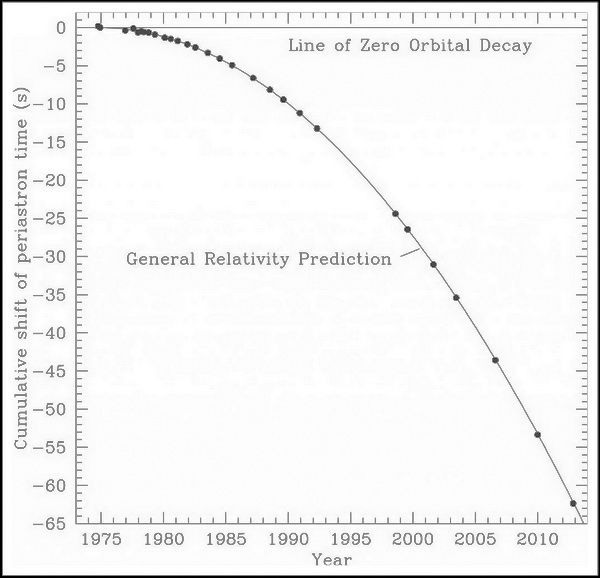
[….]
The most potent of the space-time theorems, the one proven by Arvind Borde, Alexander Vilenkin, and Alan Guth, states that all cosmological models are subject to an initial space-time singularity, regardless of assumptions about homogeneity, isotropy (or lack thereof), or energy conditions, including cosmological models that invoke an early hyper-inflation event.9 This beginning of space and time implies that an Agent operating from beyond space and time must have caused the universe to exist.
About a year after the publication of the theorem, Alexander Vilenkin wrote in a book, “With the proof now in place, cosmologists can no longer hide behind the possibility of a past eternal universe. There is no escape, they have to face the problem of a cosmic beginning.”10 That problem is a causal Agent who transcends space and time. Such a causal Agent matches the description of the God of the Bible.
[1] Joel Weisberg and Yuping Huang, “Relativistic Measurements from Timing the Binary Pulsar PSR B1913+16,” Astrophysical Journal 829 (September 2016): id. 55, doi:10.3847/0004-637X/829/1/55.
[2] Joel Weisberg, David Nice, and Joseph Taylor, “Timing Measurements of the Relativistic Binary Pulsar PSR B1913+16,” Astrophysical Journal 722 (September 2010): 1030–34,doi:10.1088/0004-637X/722/2/1030.
[….]
[10] Alexander Vilenkin, Many Worlds in One: The Search for Other Universes (New York: Hill & Wang, 2007), 176.
- RPT “Editors” Note: for more on Vilenkin, see this post: Dr. William Lane Craig Discusses the Borde-Guth-Vilenkin Theorem
